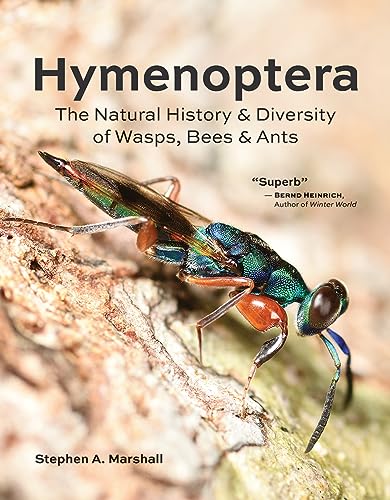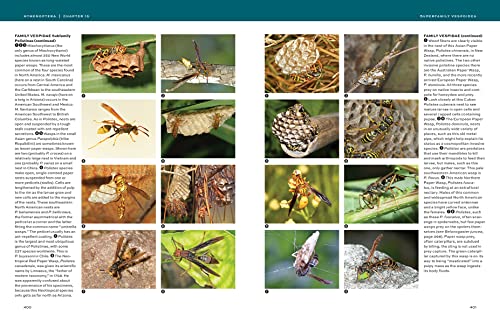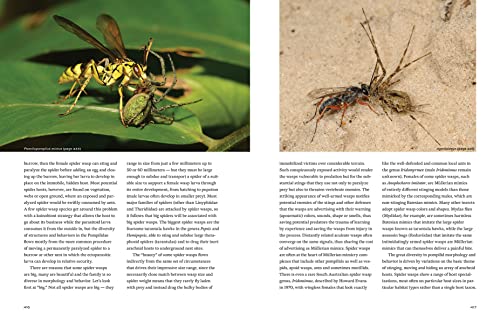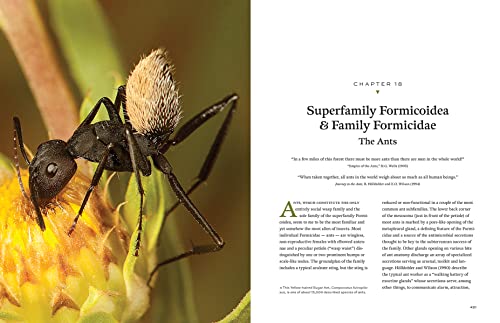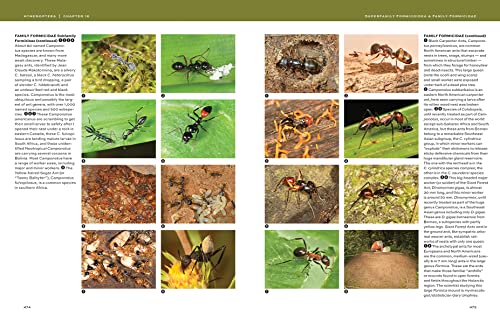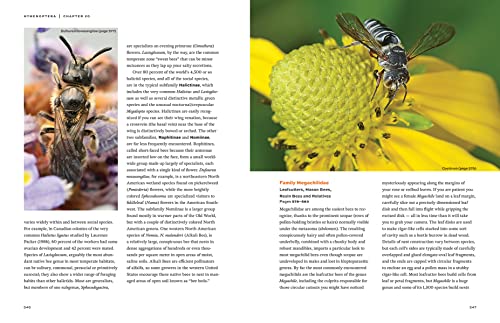Description
Price: $77.99
(as of Oct 30,2023 20:08:25 UTC – Details)
From the Publisher
Hymenoptera: The Natural History and Diversity of Wasps, Bees and Ants


“Hymenoptera” will be welcomed by the scientific, academic and naturalist communities, as well as the next generation of entomologists.
In Hymenoptera, Stephen A. Marshall has applied his broad knowledge of insects to the world of wasps, bees and ants. The subject of this book is an enormous one, since Hymenoptera is arguably the largest order of living things. Comprehensive and packed with richly illustrated keys and thousands of color photographs identified with help from many of hymenopterists, this volume provides the reader with a colorful and enjoyable introduction to a huge group of organisms, along with an overview of the diversity of fascinating families included in the group.






From the Chapter on Superfamily Formicoidea & Family Formicidae
This Yellow-haired Sugar Ant, Camponotus fulvopilosus, is one of about 15,000 described species of ants.
From the Ants & Plants section
A hollow thorn on this bull’s horn acacia was opened to expose workers and brood of Pseudomyrmex flavicornis.
From the Leafcutters, Mason Bees, Resin Bees and Relatives section
Megachilidae are among the easiest bees to recognize, thanks to the prominent scopae (rows of pollen-holding bristles or hairs) normally visible under the metasoma (abdomen). The resulting conspicuously hairy and often pollen-covered underbelly, combined with a chunky body and robust mandibles, imparts a particular look to most megachilid bees even though scopae are undeveloped in males and lost in kleptoparasitic genera.






From the Dangerous Wasp section
Polistes paper wasps are usually not aggressive, but the Neotropical Polistes carnifex is reputed to have a painful sting, a reputation given steam by the YouTube star “Coyote” Peterson in 2018. Peterson, infamous for encouraging various animals to bite and sting him online, claimed that the sting of P. carnifex, which he called the “Executioner Wasp,” is more painful than the Bullet Ant or the Asian Giant Hornet.
From the Chapter on Hymenopteran Parasitoids & Predators: Ichneumonid wasps
These male ichneumonid wasps, Cyrtorhyssa (Ichneumonidae), developed on a host deep in this log in Vietnam and are waiting near their emergence holes for virgin females to chew their way to the surface. Males in this group emerge earlier than the females and often compete to mate with the females still in their exit tunnels.
From Hymenoptera & Plants section
Several orchids use sexual deception to seduce wasp pollinators. Western Australian warty hammer orchids, for example, attract males of a thynnid wasp, Zaspilothynnus trilobatus, to flowers that look and smell like female wasps of the same species.
Publisher : Firefly Books (April 1, 2023)
Language : English
Hardcover : 640 pages
ISBN-10 : 0228103711
ISBN-13 : 978-0228103714
Item Weight : 3.74 pounds
Dimensions : 8.5 x 1.25 x 11 inches

